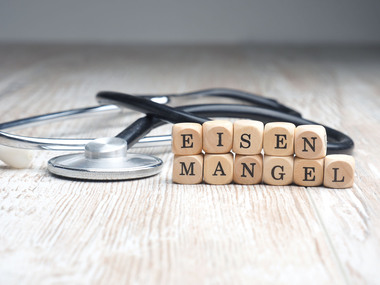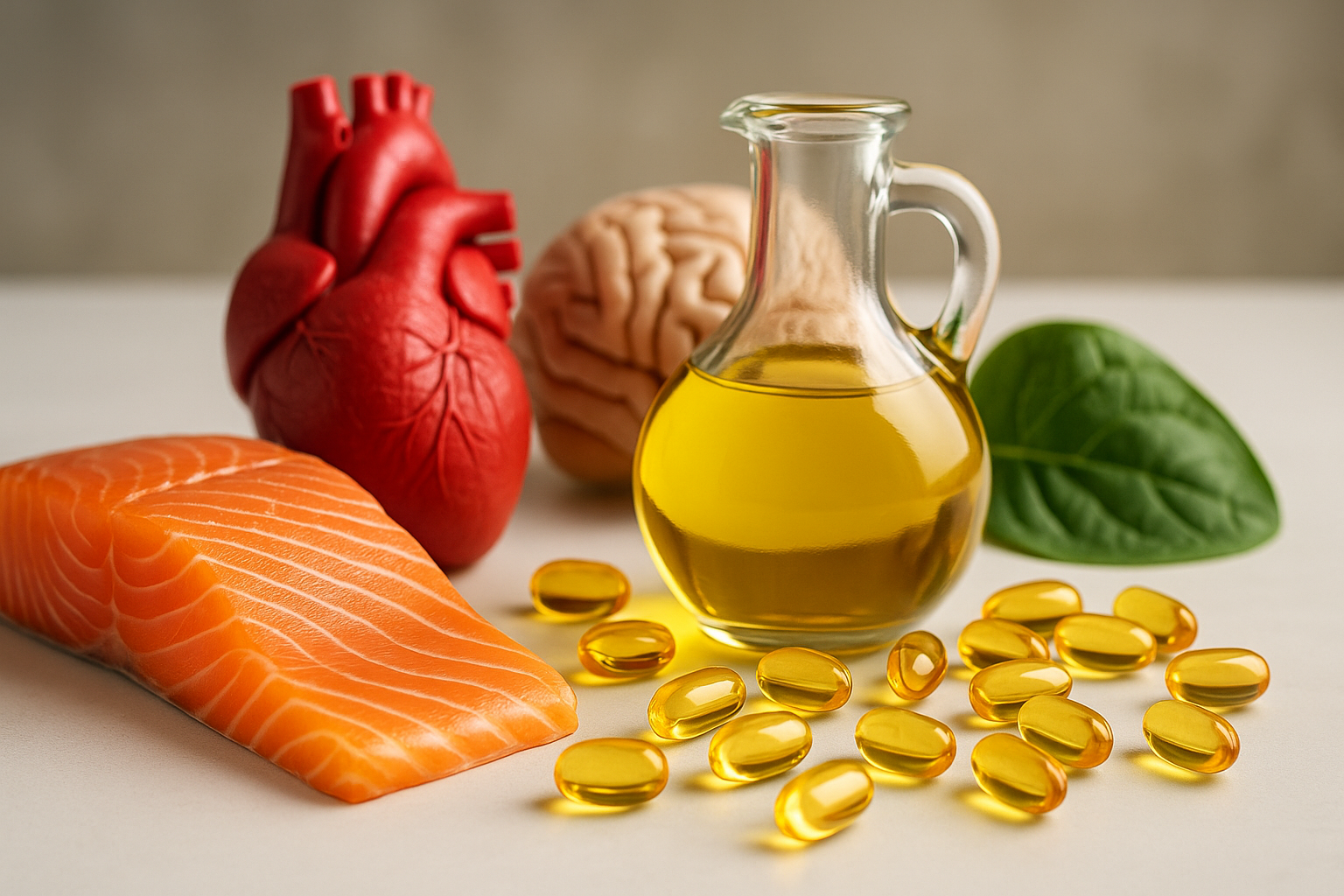
Iron deficiency can cause unpleasant accompanying symptoms. Various foods are recommended for a slight deficit.
The main function of iron is to transport vital oxygen in the blood. It also plays an essential role in blood formation. Iron is also responsible for keeping skin, hair and nails healthy and fulfils important functions within the immune system. Iron is therefore one of the most important trace elements in the human body. If it is missing as a component of the blood, energy is also missing. One feels bloodless and powerless.
An iron deficiency that persists over a long period of time leads to a permanent undersupply of oxygen to the blood. This can lead to an overacidification of the tissue, (nerve) cells may die and damage to the internal organs may occur.
People who feel constantly flabby, tire quickly, are constantly cold and have conspicuously pale skin and lips may suffer from iron deficiency. One feels cold, gets heart palpitations even with small efforts, notices dry hair, hair loss, brittle nails and torn corners of the mouth. The causes can be many and varied: Internal bleeding in the gastrointestinal and urogenital tract, inflammation, tumours or even celiac disease can be responsible. But also non-pathological reasons such as pregnancy, growth in children and adolescents or the monthly blood loss due to a heavier menstrual period can lead to an increased iron requirement and possibly to an iron deficiency.
Those affected can compensate for a slight iron deficiency with the help of nature, for example through a diet rich in iron. Suitable foods include whole grain products, vegetables, fruit and herbs, nuts, meat and fish. The front-runners in terms of iron content are black pudding, pork liver and pork kidneys. However, it is still controversial whether the iron from animal products is actually as usable as was long assumed. From a health point of view, however, it is not advisable to eat too regularly - at least of offal - if only because of the often high levels of harmful substances.
Among the cereals, wheat bran, amaranth, quinoa and millet flakes with a high iron content score highly, followed by millet, oat flakes, spelt and buckwheat. Chickpeas and white beans may end up on the plate as often as kidney beans, tofu, chanterelles, fennel and black salsify, beetroot or zucchini. Salads and dried fruit are also good sources of iron.
The consumption of coffee and black tea should be avoided at least two hours after consuming these high-calibre iron sources, as the tannin contained in them, tannin, makes the absorption of iron via the stomach and intestinal mucosa more difficult or prevents it. Cola, cocoa and red wine also inhibit the absorption of iron. Spinach, rhubarb and wholemeal products can also impede the absorption of iron.










